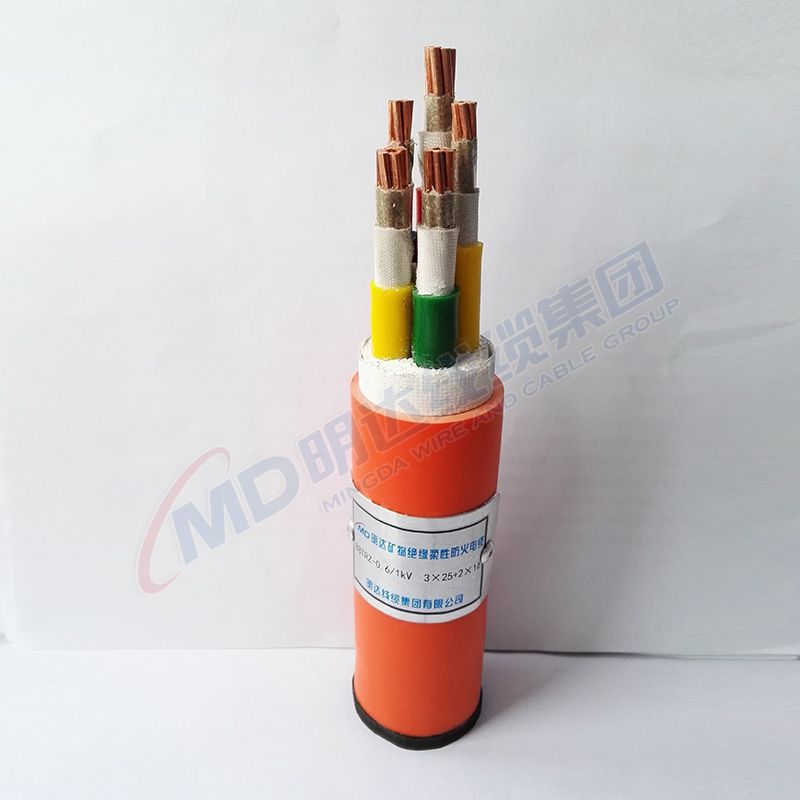Nov . 09, 2024 02:41 Back to list
Understanding the Importance of Silent Check Valves in Fluid Systems
Understanding Silent Check Valves Functionality, Applications, and Benefits
Silent check valves play a critical role in various fluid systems, ensuring efficient and reliable operation while minimizing noise—a significant advantage in many applications. This article explores the functionality, applications, and benefits of silent check valves, highlighting their importance in modern engineering.
What is a Silent Check Valve?
A silent check valve is a mechanical device designed to prevent the backflow of fluid in a piping system while allowing flow in one direction. Unlike traditional check valves that may create significant noise during operation, silent check valves utilize a unique design and mechanisms to minimize hydraulic noise and pressure surges. The valve typically consists of a disc or a ball that moves within a cylindrical body, allowing fluid to flow freely in one direction. When the fluid attempts to flow in the opposite direction, the disc or ball seals the opening, effectively preventing backflow.
How Does a Silent Check Valve Work?
The operation of a silent check valve is relatively straightforward. When fluid flows in the intended direction, the pressure lifts the disc or ball off its seat, allowing the fluid to pass through. As the fluid flow decreases or attempts to reverse, the pressure on the disc or ball decreases, which allows it to return to its seated position, thus creating a seal that prevents reverse flow. This mechanism is engineered to close smoothly without causing water hammer—a common issue with traditional check valves that can lead to pipe damage and increased maintenance costs.
The design of silent check valves can vary; common types include swing check valves, piston check valves, and diaphragm check valves. Each type offers unique advantages and is suitable for different applications depending on factors such as pressure, temperature, fluid type, and installation requirements.
Applications of Silent Check Valves
Silent check valves are widely used across various industries, including
1. Water Supply Systems In municipal water supply networks, silent check valves are essential for protecting pumps and preventing backflow, which can cause contamination of the water supply.
2. Heating, Ventilation, and Air Conditioning (HVAC) In HVAC systems, these valves help maintain system pressure and avoid backflow, which can compromise efficiency and comfort.
silent check valve

4. Fire Protection Systems In fire suppression systems, silent check valves prevent backflow from the sprinkler system, ensuring reliable operation in emergency situations.
5. Pipelines For large-scale pipeline operations, silent check valves (especially dual-plate check valves) are crucial in preventing reverse flow, reducing the likelihood of damage from pressure fluctuations.
Benefits of Silent Check Valves
The advantages of silent check valves are numerous and significant. Here are some key benefits
1. Reduced Noise Pollution As their name suggests, silent check valves operate quietly. This characteristic is particularly valuable in residential and commercial settings where noise control is essential.
2. Minimized Water Hammer Effects By allowing for smoother closing mechanisms, silent check valves significantly reduce the risk of water hammer, which can lead to pipe damage and increased maintenance costs.
3. Enhanced Reliability With a design that minimizes the risk of failure, silent check valves promote the smooth operation of fluid systems, ensuring a reliable flow.
4. Versatility Silent check valves can handle various fluid types, including water, oil, and gases, making them suitable for a wide range of applications.
5. Maintenance-Free Operation Most silent check valves are designed for long service intervals, capable of operating without frequent maintenance.
Conclusion
Silent check valves are essential components in fluid systems, offering a host of benefits such as noise reduction, reliability, and versatility. As industries continue to prioritize efficiency and sustainability, the demand for advanced valve technology, including silent check valves, is expected to grow. By understanding their functionality and applications, engineers and system designers can make informed decisions that contribute to the overall success and sustainability of their operations. Whether in water supply, HVAC, or industrial processes, silent check valves play an indispensable role in ensuring the integrity and efficiency of fluid handling systems.
Share
-
Reliable Wafer Type Butterfly Valves for Every IndustryNewsJul.25,2025
-
Reliable Flow Control Begins with the Right Ball Check ValveNewsJul.25,2025
-
Precision Flow Control Starts with Quality ValvesNewsJul.25,2025
-
Industrial Flow Control ReliabilityNewsJul.25,2025
-
Engineered for Efficiency Gate Valves That Power Industrial PerformanceNewsJul.25,2025
-
Empowering Infrastructure Through Quality ManufacturingNewsJul.25,2025